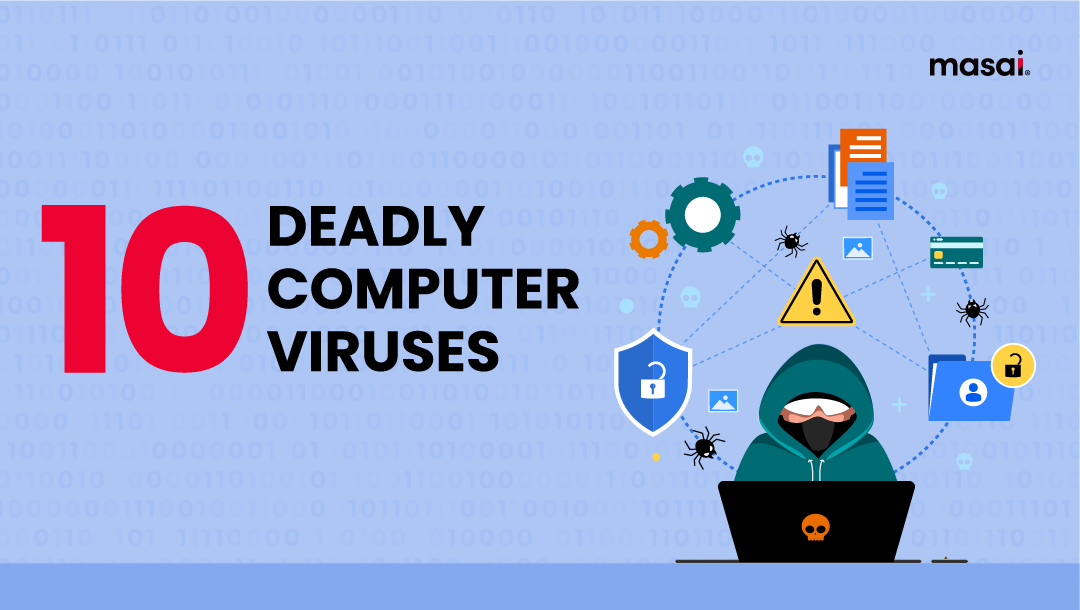What is the First Computer Virus in the Philippines? Unveiling the Origins and Impact

The first known computer virus in the Philippines is the “Love Bug” virus. It spread rapidly in May 2000.
In the modern digital age, computer viruses have become an ever-present threat to individuals, businesses, and organizations. The “Love Bug” virus, known as the first computer virus in the Philippines, made its debut in May 2000, causing widespread chaos and disruption.
This infamous malware spread rapidly via email, disguised as a love letter, which unsuspecting recipients opened, triggering the virus to infect their systems. The repercussions were significant, with countless computers compromised and sensitive data compromised. This incident marked a turning point in cybersecurity awareness, highlighting the importance of robust defense mechanisms against evolving cyber threats. Despite being the first, the “Love Bug” virus remains a poignant reminder of the ever-present dangers lurking in the digital realm.

Credit: www.masaischool.com
Origins Of The First Computer Virus
In the early days of the digital frontier, computer viruses were a relatively unknown phenomenon. As technology continued to advance, the potential for malicious software to infiltrate systems and cause havoc became apparent. This led to the development of the first computer virus, marking a significant moment in the history of cybersecurity.
Early Development Of Computer Viruses
As computers became more prevalent in the 1980s, the concept of a computer virus began to take shape. Programmers and hackers began experimenting with code designed to replicate and spread within computer systems, often with malicious intent. This marked the early stage of a new era in cyber threats, one that would continue to evolve and pose challenges to cybersecurity professionals around the world.
Discovery Of The First Computer Virus In The Philippines
The Philippines made a significant mark in the history of cybersecurity with the discovery of the first computer virus known as the “Pakistani Brain”. In 1986, Filipino computer technician Basit Farooq Alvi and his brother Amjad Farooq Alvi unintentionally released the virus while developing software for their computer business. The virus, designed to infect IBM PC computers, became the first documented computer virus and represented a pivotal moment in the ongoing battle against cyber threats.
Characteristics And Functionality
The first computer virus in the Philippines had unique characteristics in terms of how it spread and infected systems.
Description Of The First Computer Virus
The first computer virus in the Philippines was designed to self-replicate and spread through computers.
How The Virus Spreads And Infects Systems
The virus spread through email attachments and infected systems by replicating itself in the background.
Impact On The Computing Landscape
The first computer virus in the Philippines has had a significant impact on the computing landscape, shaping the way cybersecurity measures are approached in the country. Its emergence highlighted the importance of virus protection and prompted advancements in antivirus software to mitigate future threats.
The first computer virus in the Philippines had a significant impact on the country’s computing landscape, influencing various aspects of computer security and shaping future approaches to cybersecurity practices.
Effects On Computer Security
– Increased awareness about cybersecurity vulnerabilities.
– Highlighted the importance of regular updates and antivirus software.
– Showed the need for backup systems in place.
– Led to the development of advanced malware detection technologies.
Lessons Learned From The First Computer Virus In The Philippines
– Importance of vigilance in detecting and preventing cyber threats.
– Education on safe browsing habits and cyber hygiene practices.
– Collaboration between security experts in sharing threat intelligence.
– Continuous innovation in cybersecurity measures to stay ahead of evolving threats.
Prevention And Future Considerations
The first computer virus in the Philippines highlighted the need for robust preventive measures and anticipation of future cyber threats. To mitigate the risk of computer viruses, understanding the current measures to prevent infections, as well as potential future threats and advancements in virus protection, is imperative.
Current Measures To Prevent Computer Viruses
Implementing comprehensive antivirus software is crucial in safeguarding systems against malware and viruses. Regular updating of antivirus programs, conducting regular system scans, and ensuring real-time protection are essential proactive measures to prevent and detect malicious software. Educating users about safe browsing practices, discouraging clickbait content, and warning against opening suspicious email attachments are additional steps for virus prevention.
Potential Future Threats And Advancements In Virus Protection
As technology advances, potential future threats loom large. Cybercriminals are continuously devising new methods to infiltrate systems, emphasizing the need for advanced virus protection. The advent of AI and machine learning presents promising developments in virus detection and prevention. Implementing behavior-based detection algorithms and enhancing software sandboxing can bolster defense against emerging threats. Furthermore, the integration of blockchain technology in cybersecurity is anticipated to fortify data security and prevent virus attacks.

Credit: www.mdpi.com
Conclusion
In the Philippines, the first computer virus emerged in 1998, a significant turning point for the country’s cybersecurity. Understanding the origins of this virus sheds light on how far we’ve come in protecting our digital space. As technology continues to evolve, it’s crucial to stay vigilant and proactive in safeguarding our digital infrastructure.



